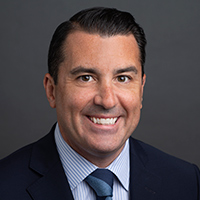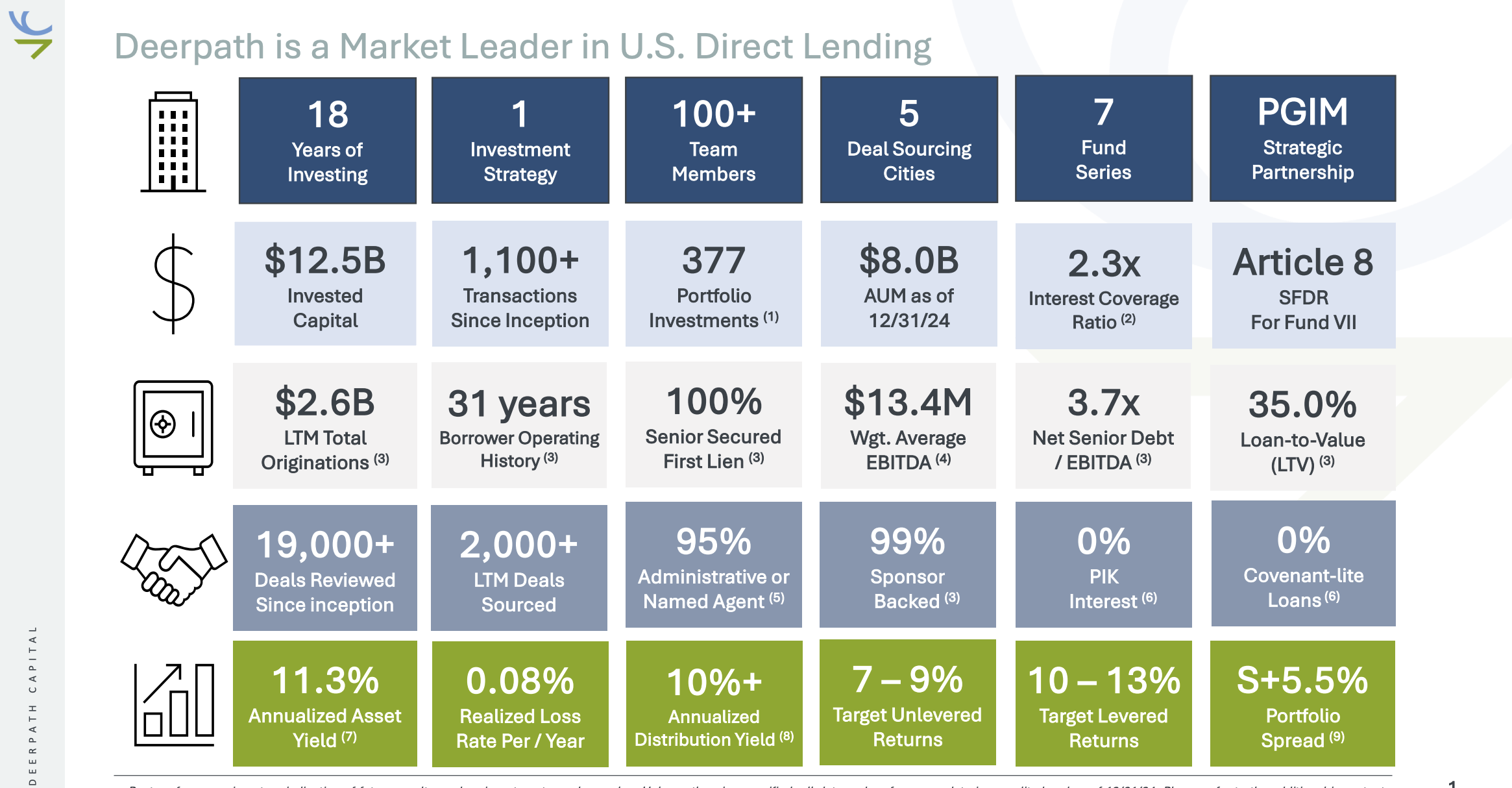

100 E Pratt St, Baltimore, MD 21202

Ben Riley
Senior Relationship Managers, Insurance
benjamin.riley@troweprice.com, 410.345.2223

Brian Rapino
Senior Relationship Managers, Insurance
brian.rapino@troweprice.com, 646.327.7050
About T. Rowe Price
T. Rowe Price is a global asset management firm with broad investment capabilities across Equity, Fixed Income, Multi-Asset and Alternative Strategies, highly committed to excellence in service and putting client interests first. We understand that insurers have many unique considerations impacting portfolio design, and we are proud to work with many of the largest insurers in the world delivering diverse and custom solutions designed to meet those needs. Our dedicated insurance relationship managers act as an extension of your team and serve as a conduit to the T. Rowe Price organization while proactively bringing the firm’s vast resources to bear. We offer a consultative, problem-solving approach and the ability to implement solutions based on specific client objectives, constraints, and risk tolerance.
Manager Profile
 Download tear sheet
Download tear sheet
01 2024
Q1 Asset Allocation Viewpoints Webinar: Views From David Giroux on Market Shifts
Ahead of the Curve: Consensus is totally consensus—a contrarian’s strategic scenarios
A deeper look at flexible credit strategies and the critical role of manager selection
Ahead of the Curve - The calm before the storm: The outlook for Treasury yields
Episode 263: Navigating the Economic Landscape: Tariffs, Productivity, and the Future of US Growth
Join host Stewart Foley on the InsuranceAUM.com Podcast for expert insights into macroeconomic trends, including trade, fiscal policy, and the Fed's rate trajectory.
Q3 Perspectives on Securitized Credit
Although valuations for securitized credit sectors aren’t screaming cheap following solid year-to-date performance, fundamentals remain benign, and our research platform continues to see pockets of value. Yields also remain attractive for investors seeking income and diversification.
From The Field: Could a 5% 10-year Treasury yield be around the corner?
The 10-year U.S. Treasury yield could reach 5% due to fiscal stimulus in an election year, supply/demand dynamics from Fed quantitative tightening, and higher term premiums driven by inflation expectations.
From the Field: Cutting cycles and learning to love bonds again
With the Fed widely expected to cut rates in September, we looked at how different asset classes performed during past cutting cycles. Bonds consistently outperformed cash and stocks often outperformed bonds, but the evidence is less clear for small-cap versus large-cap and other trade-offs.
From the Field: AI and fixed income: Booming demand for data center ABS and CMBS
From the Field: How AI’s impact is reaching into areas that might surprise you
From the Field: Ahead of the Curve The San Andreas fault of finance shakes the markets
Bank of Japan tightening and its impact on the flow of global capital is far from simple, and it will have a large influence over the next few years. However, in the context of other mega-trends such as unsustainable fiscal expansion in some developed countries, volatility shouldn’t be a shock.
Q2 perspectives on securitized credit
Why passive flows and inelastic markets don’t mix
Investors should be wary of the heightened volatility and extreme price swings in bond markets due to the growing inelasticity of passive fixed income investing
Ahead of the Curve | "Shadow banking system" creates a trickier path for the Fed
The rapid increase in U.S. nonbank lending has caused banks to shift their risk exposure toward liquidity risk and away from credit risk. The effects of this shift could interact with the Federal Reserve’s quantitative tightening (QT) program, potentially forcing the central bank to end QT.
T. Rowe Price Fixed Income Credit Sector Views
How the U.S. election could impact the financials sector
Active investing is suited to the uncertain markets ahead
Financial regulators would likely be more proactive and involved under a Democratic president than in a Republican administration.
Global Asset Allocation Viewpoints - July 2024
Q3 Asset Allocation Viewpoints WEBCAST
Global Market Outlook Midyear update: How central bank policy could impact your portfolio
Credit investing for today’s evolving markets
Episode 215: Current Perspectives on Securitized Credit
Jean-Marc Breaux is the Sector Portfolio Manager, Fixed Income Division at T. Rowe Price.
What factors are driving U.S. exceptionalism, and will they last?
U.S. economic growth has outperformed other developed markets, leading to divergent monetary policy expectations. A slowdown in U.S. GDP and employment growth could lead to narrowing outperformance and congruent monetary policy paths. However, other factors support longer-term divergence.
Opportunities in fixed income for investors moving out of cash
With the path of cash rates uncertain, we think it is time for investors to consider redeploying into the market. But where? With bond yields near historic highs, we believe that fixed income is an attractive asset class to put cash to work—especially for investors seeking to lock in income.
Let’s get real (about interest rates)
“The New Normal was abnormal.” The near-zero interest rates of the last decade heavily favored growth stocks, but gravity has returned to financial markets. A tactical tilt to value stocks might be warranted over the longer term.
Perspectives on securitized credit - Q1 2024
The rally in securitized credit market that began in late 2023 accelerated in early 2024 even as the Federal Reserve pushed back on the market’s high expectations for rate cuts. Amid less enticing valuations, we still see pockets of value, supportive technical conditions, and decent fundamentals.
Blue bonds: The key to unlocking the blue economy’s potential
An increasingly prominent environmental issue is the declining health of the world’s oceans. Blue bonds have emerged as a critical tool in potentially attracting investment into the blue economy and play a part in providing finance to help address the pressing issue of ocean health.
WHY IS IT IMPORTANT TO MEASURE THE IMPACT OF A BLUE BOND?
Like other sustainable debt, blue bonds need to be evaluated differently to mitigate against bluewashing risks. There are four areas that are critical to analyze, including the issuer’s sustainable Investing profile, alignment with industry standards, bond creditability, and post-issuance reporting.
Adding emerging market debt exposure? Look to local bonds.
A decade-long adventure navigating treacherous markets successfully
As the Dynamic Global Bond Strategy celebrated its 10-year anniversary since launch in February, we analyze the key drivers for performance, whether the strategy has kept up with the changing times, and if it is still relevant in a market environment that is a mirror image of the time when it was launched.
With rising headwinds, uncover the power of quality credit research
For insurance companies, corporate bonds offer attractive income, but security selection is imperative as rising headwinds could lead to defaults picking up.
Dynamic credit investing: A Q&A with Saurabh Sud
Saurabh Sud passed his five-year anniversary as portfolio manager of the Dynamic Credit Strategy!
Corporate bonds— A compelling long‑term income profile
Credit markets remain a compelling income-generating opportunity. But with headwinds rising, some investors may be feeling apprehensive. In this piece, we’re delving into the dynamics and how an approach that prioritizes research can help to instill confidence about credit investing in 2024.
Perspectives on Securitized Credit - Q4 2023
Securitized credit markets joined in the year-end cross-asset rally, fueled by a discernable shift in the Federal Reserve’s tone, leading to broad gains in 2023 and strong tailwinds entering 2024. With credit-risk premiums much lower, we analyze the opportunities seen in the new year.
Central bank rate-cut pricing is eye-catching but deceiving
The aggressive monetary easing priced in to markets is simply an average of expectations priced in across a range of potential outcomes, so it can be deceiving.
Will new long-term debt holders effectively discipline banks?
New U.S. regional bank debt can lower the odds of a default and help reduce the cost of a failed bank, but this requires holders to discipline riskier banks.
How could energy productivity cycles lead to credit opportunities
Portfolio Manager Steve Boothe highlights factors that could cause energy productivity to wane and usher in a bull market for oil and gas. These changes in productivity could create opportunities for energy credits.
Attractive yields but narrow spreads: The credit dilemma
The Active Advantage in High Yield
Active management of high yield bonds offers several advantages over a passive approach, in our view.
Government Bond Issuance Boom to Pressure Yields Higher
A flood of new global sovereign debt will affect market dynamics.
High Yield Bond Market Changes Provide Support
Transformations have bolstered high yield for a modest downturn.
Perspectives on Securitized Credit
Securitized credit markets produced mixed results in the third quarter. Despite a steep rise in U.S. Treasury yields, credit investors appeared more confident that the Federal Reserve could engineer a soft economic landing. Securitized credit was generally resilient, aided by light supply, which helped to offset gradually deteriorating fundamentals.
The Case for High Yield
The credit quality of the high yield market has drastically improved since the global financial crisis (GFC). Meanwhile, unprecedented quantitative tightening and related recession fears have led to rate and credit spread volatility since the first quarter of 2022, resulting in attractive yields and dollar discounts not seen since the GFC.
Episode 168: Quality High Yield Offers Performance Resilience and Diversification
Paul Massaro is the Head of Global High Yield Franchise and a member of the Senior Management Asset Allocation Committee at T. Rowe Price.
Episode 165: Passive Investing Doesn’t Exist in Fixed Income
Steve Boothe is the Head of Global Investment Grade at T. Rowe Price.
Emerging Markets—Dancing to Their Own Beat
After a solid first-half performance, what does the remainder of 2023 look like for emerging markets (EM)? It could be more of the same, but it will be important to keep an eye on China and whether the slowdown there drags down the rest of EM and weighs on sentiment. For now, we are seeing resiliency on the growth side, while inflation has come down quickly. On the monetary policy front, several countries are positioned to embark on an interest rate-cutting cycle soon—striking out ahead of their developed market peers—which is an encouraging sign that EM is maturing as an asset class.
Perspectives on Securitized Credit
Since early April, securitized credit markets maintained the positive momentum that transpired following March’s banking system distress. Improved investor sentiment supported demand for risk assets broadly, benefiting securitized assets. A moderation in high interest rate volatility and signs that the Federal Reserve was near the end of its tightening cycle were positive factors for more interest rate-sensitive areas such as residential mortgage-backed securities, which enjoyed a strong quarter. Supply technicals remained highly supportive, but fundamentals are gradually worsening, and valuations have become more fair than cheap, resulting in a relatively neutral outlook for the asset class. However, yields are broadly attractive for long-term-oriented investors. We saw the best opportunities in high-quality asset-backed securities and collateralized loan obligations, had a balanced opinion of non-agency residential mortgage credit, and remained cautious on commercial mortgage-backed securities.
Buy and Align—The Next-Generation of Buy and Maintain Portfolios
Introducing the Net Zero Transition Product Framework, which seeks to deliver financial returns and manage risk while promoting energy transition. Category: ESG
Central Banks Step Into Potential Policy Error Territory
Recent hawkish stances taken by some major developed market central banks raise the question of whether we are entering the zone of a global monetary policy mistake. There is now a meaningful risk that these central banks could overtighten in their quest to quell inflation and help push the global economy into recession.
U.S. Debt Deal Does More Than Avoid Default
The deal to suspend the limit on the U.S. government’s borrowing averted a default but also appears to mark a new era in fiscal policy, with growth in federal spending moderating for at least the next two years and perhaps longer.






 PODCAST
PODCAST












































